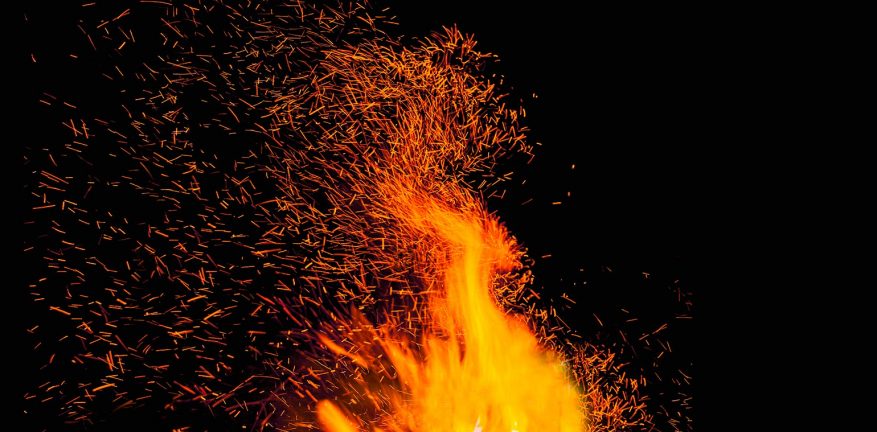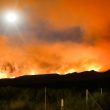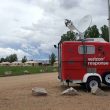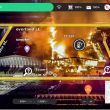IoT’s role in wildfire detection
In 2020, wildfires in California burned more than 4 million acres, killing 33 people. Already this year, wildfires have burned more than 2 million acres and claimed the lives of three people, according to the California Department of Forestry and Fire Protection.
Across the United States, 58,950 wildfires burned 10 million acres in 2020, according to the National Interagency Fire Center. And this year, 45,339 wildfires have burned 6 million acres.
Typically, wildfires start small, but they spread quickly, destroying everything in their paths, including homes and the environment, and putting lives at risk.
Someone tosses a lit cigarette butt or doesn’t properly extinguish a campfire. Maybe lightning strikes a tree and ignites a blaze or maybe when a landscaper is mowing a customer’s lawn, the lawnmower blade creates sparks that land on dry vegetation.
For example, the 2007 Zaca Fire in Santa Barbara County, California., which burned almost a quarter million acres, started due to sparks from a grinding machine that was being used to repair a water pipe on private property.
The key to combating wildfires is early detection. And that’s where the Internet of Things (IoT) can help.
Wildfire Detection: Drones and IoT
Drones and aerial surveillance systems have been used for wildfire detection to assess and monitor conditions, but they typically have a human observer viewing the live camera footage being captured, said Karen Panetta, professor of electrical and computer engineering and dean of graduate education for the School of Engineering, Tufts University and an IEEE Fellow.
This requires significant human labor and depends on the human ability to detect these incidents among different weather conditions, ground cover and various lighting, such as day or night, she said.
“But what the human eye can see is limited,” Panetta said. “IoT sensors can detect far more information than the human eye.”
Including different types of IoT sensors, such as thermal or chemical sensors for detecting hot spots, on drones while other low-cost sensors are deployed to help measure moisture and ground conditions. This enables first responders to assess at risk areas and optimize early wildfire detection and containment, according to Panetta.
“However, sensors simply provide data,” she said. “What we do with sensor data and how we process this massive amount of information requires it to be conducive to a human’s ability to consume it.”
For instance, consider a drone patrolling a highway and known campsites to look for heat signatures for improperly discarded cigarettes or campfires not properly extinguished. Artificial intelligence (AI) could be used to provide rangers with a map of active campfires and quantify danger levels based on historic data of scenarios that caused fires.
To read the complete article, visit IoT World Today.

















